Introduction of Pigs for Pipeline
Pipeline cleaning pigs play a crucial role in the maintenance of fluid transport systems. They ensure the internal cleanliness of pipes. Essentially, these pigs sweep and scrub the pipeline interior, removing accumulated debris and preventing corrosion.
Furthermore, these cleaning devices vary in complexity, from simple foam swabs to intricate smart pigs. Each type serves a specific cleaning purpose. As they traverse the pipeline, they also inspect for anomalies, supporting proactive maintenance strategies. This dual functionality bolsters pipeline efficiency and safety.
Types of Pigs for Pipeline
There are many types of pigs, depending on the material and construction. Common pig balls, foam pig, skeleton pig, all polyurethane pig, and so on.
Different pigs can be selected according to the actual situation.
Skeleton pig is the most commonly used pig at home and abroad. Its co-configuration features a central skeleton, on which various auxiliary parts are installed to fulfill various requirements. It is worth noting that, due to the difference in carrying equipment, today’s pig also often has other functions other than pigging, such as detection, positioning, metering, and so on.
Foam pigs
Foam pigs offer simplicity and versatility, making them suitable for a variety of cleaning tasks within pipelines. They can navigate bends easily and can also provide sealing during operations.
Disc Pigs
Moving on, disc pigs feature circular rubber discs that adapt to pipeline irregularities, effectively scraping walls for thorough cleaning.
Cup Pigs
Lastly, cup pigs utilize flexible rubber cups to seal against the pipe wall, dislodging debris with targeted force as they travel.
Method and Principle
Common crude oil pipeline pigging methods are divided into physical methods and chemical methods. The chemical method is to add a surfactant or a wax crystal modifier to the crude oil to prevent the wax crystals from condensing or continuing to deposit. However, the chemical addition method is expensive and uneconomical. Therefore, it is commonly used in the production of physical pigging, that is, pig pig.
The principle of physical pigging is to send the pig (also known as a pig ball) into the crude oil pipeline and make it move with the crude oil transport in the pipeline. Because the contact part between the pig and the pipe wall is usually made of elastic material and the diameter is slightly larger than the pipe diameter, the outer edge and the inner wall of the pipe can be elastically sealed in the pipe. When the pipe transport medium pushes the pig forward, the pig itself or the machine carried by it will produce a scraping and scouring effect on the pipe wall, to remove the scale or sediment in the pipe.
The Necessity of Cleaning Pipes
After a certain period of use, a mixture of paraffin, gum, condensate, sand, and other impurities (wax formation) of a certain thickness that is not easy to flow will be deposited on the inner wall of the crude oil pipeline, resulting in the actual diameter of the crude oil pipeline, the transportation capacity is weakened, and the friction is increased, which seriously increases the energy consumption of the system and reduces the transportation quality. The wax content of domestic crude oil is high, and wax formation on pipe walls is especially obvious during transportation. In severe cases, crude oil may lose fluidity, resulting in major condensate pipe accidents [1]. Therefore, in addition to taking the necessary measures to prevent the crude oil from forming wax in the pipeline, it is also very important to piggle the crude oil pipeline regularly.
Steps to Clean the Pipe
Before cleaning, comprehensive organization and technical work should be done. The general steps are as follows:
- prepare for cleaning wax and analyze working condition
- determine the position of launching and receiving pig and receiving pig
- select the pigging cycle of each section
- select pig type
- transceiver pig
Importance of Pigs for Pipeline
Pipe cleaning is essential for maintaining flow efficiency and protecting against corrosion. It ensures the longevity of pipeline infrastructure. Regular cleaning prevents buildup that can lead to blockages, thus safeguarding against costly shutdowns.
Consequently, pigs are invaluable tools for this purpose. They remove contaminants and deposits with precision. These devices also play a key role in pipeline inspection, detecting issues before they escalate. Their use significantly enhances pipeline safety and productivity.
Conclusion
In conclusion, the diligent use of pipeline pigs stands as a cornerstone in the management of pipeline systems, ensuring operational integrity and efficiency. By employing various types of pigs, from foam to cup to disc, operators can address a wide range of cleaning and maintenance needs, tailoring their approach to the unique demands of each pipeline. The physical pigging method, in particular, has proven to be a cost-effective and reliable way to maintain the flow and prevent the deposition of obstructive substances. As the lifeblood of the oil and gas industry, pipelines require proactive measures to minimize downtime and maximize productivity. Embracing the full spectrum of pigging technology is not just a matter of maintenance but a strategic imperative for energy companies seeking to optimize their operations and ensure the safe transport of their products.


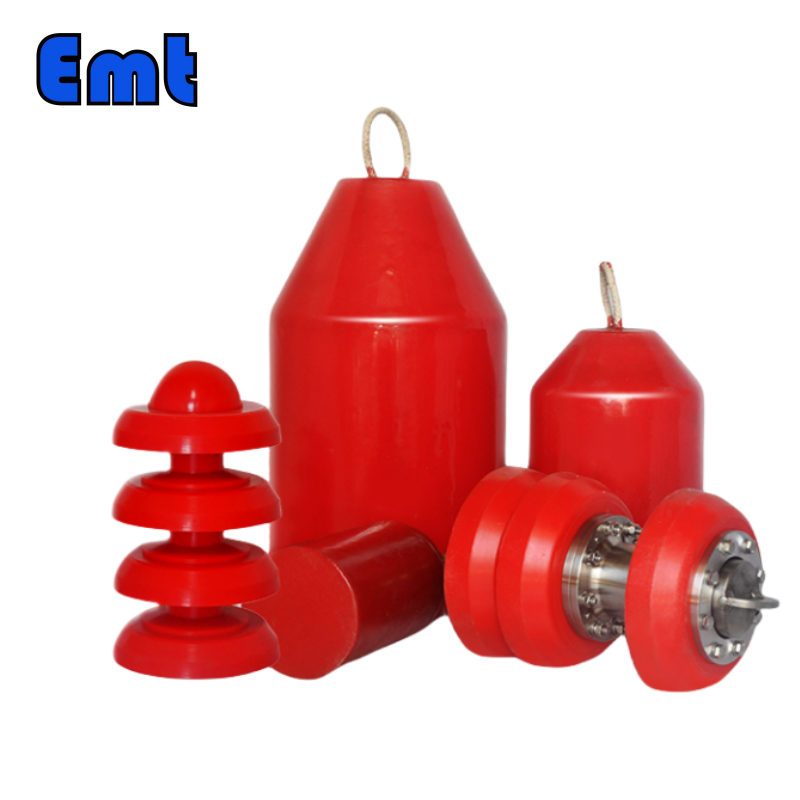

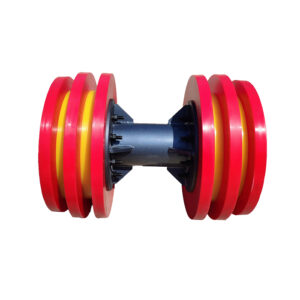

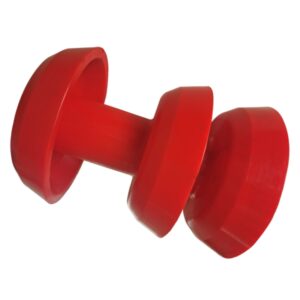
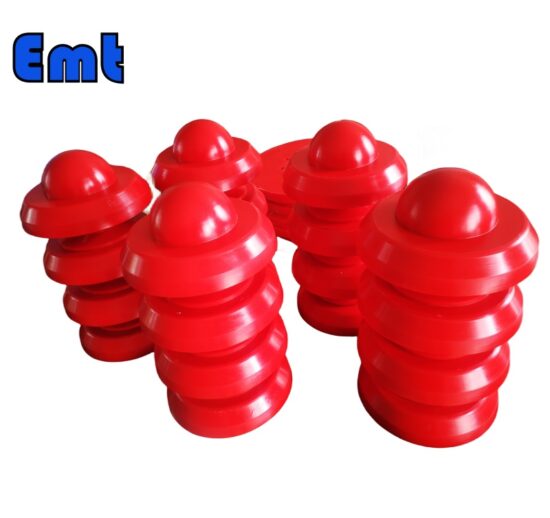
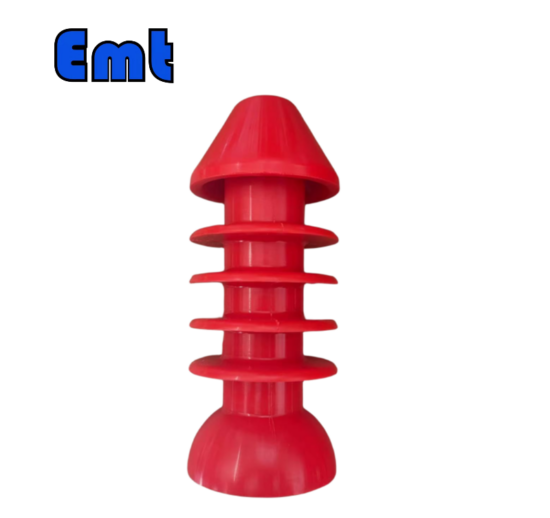
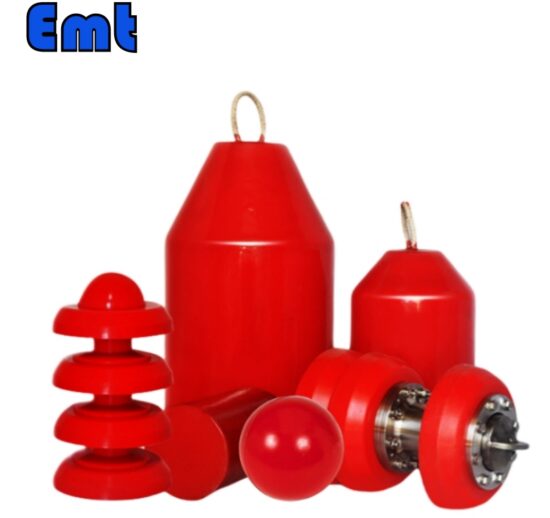
There are no reviews yet.